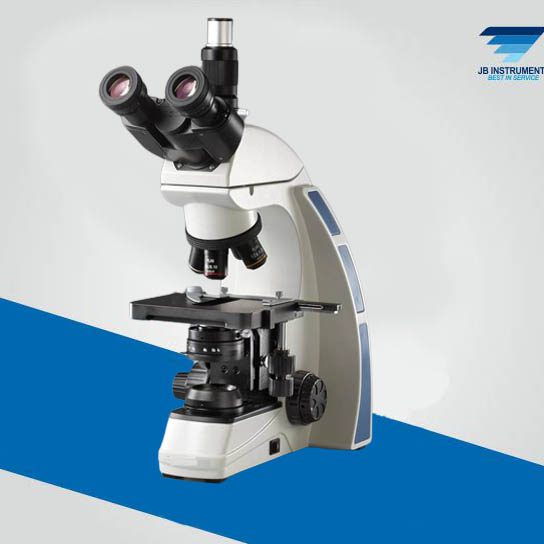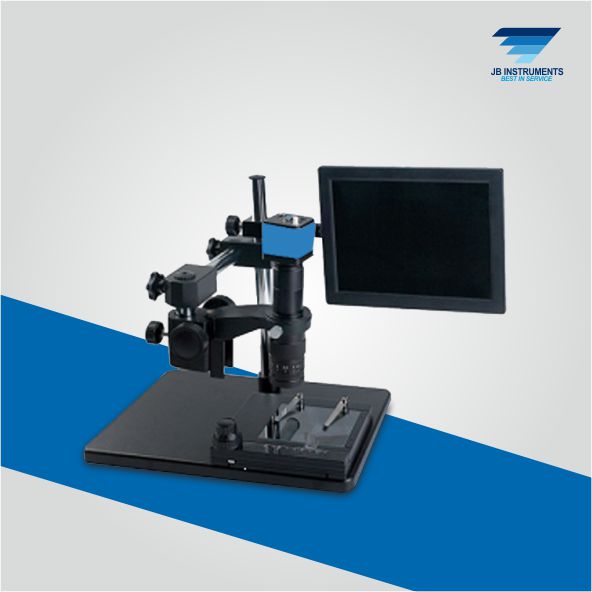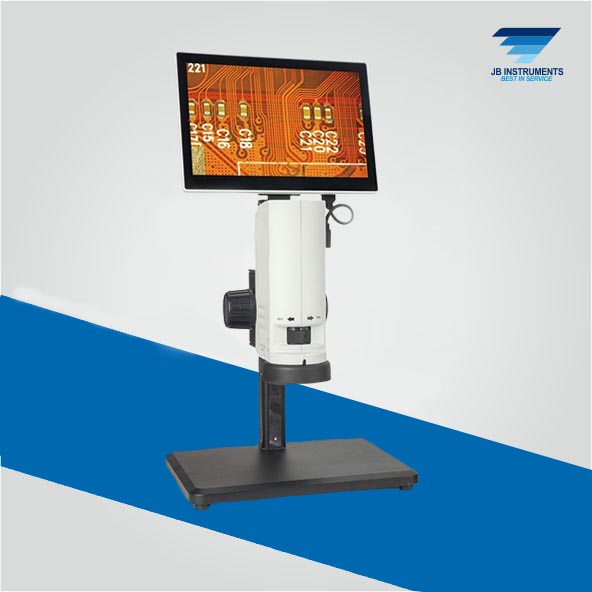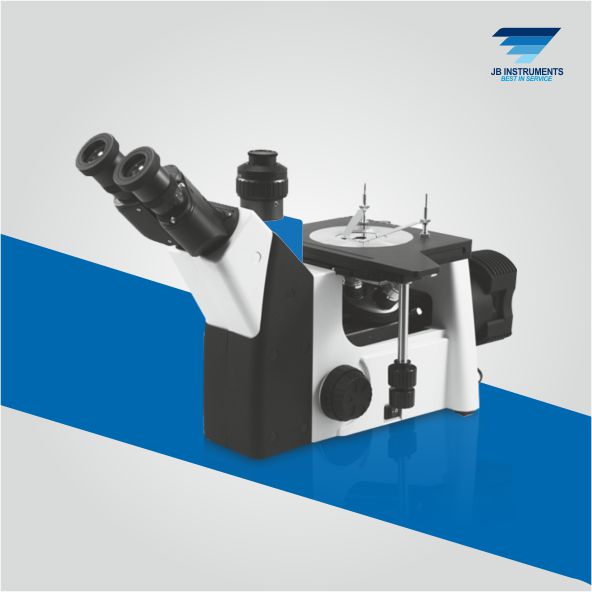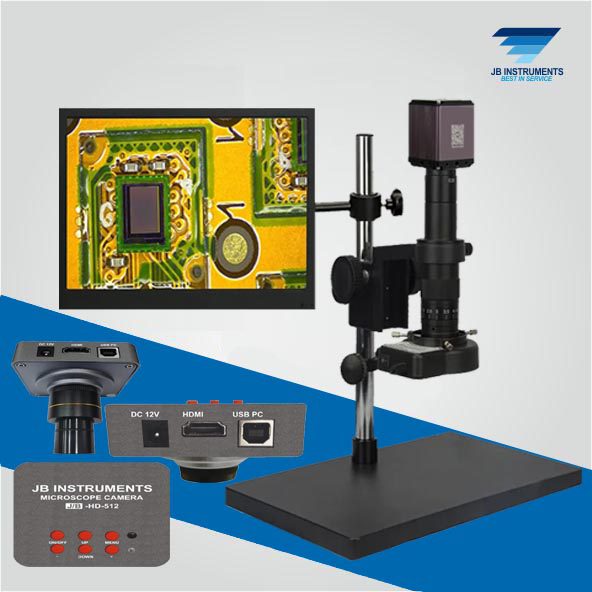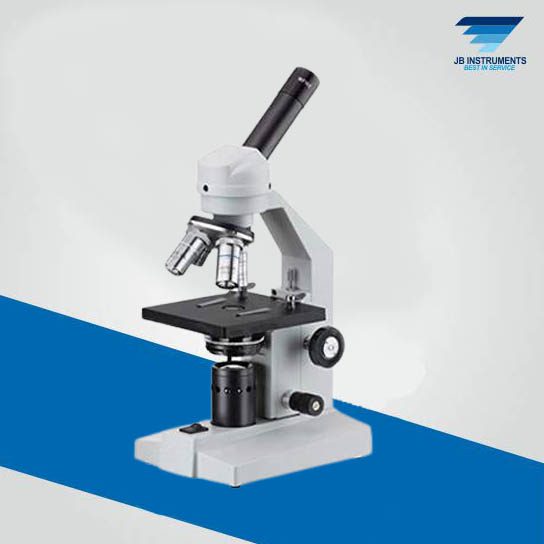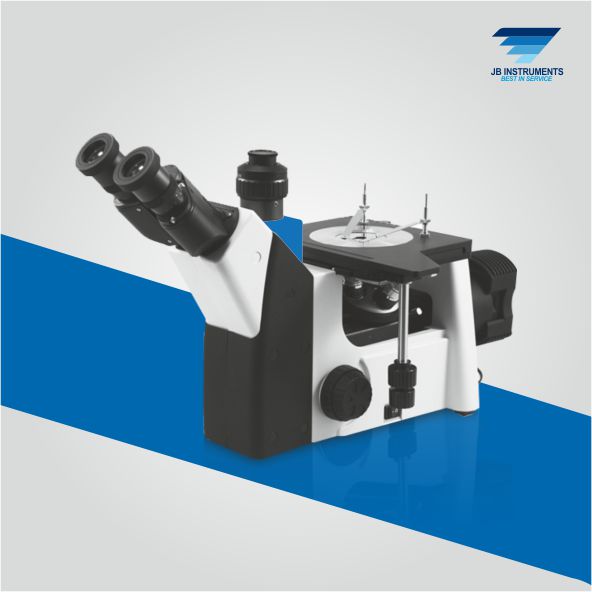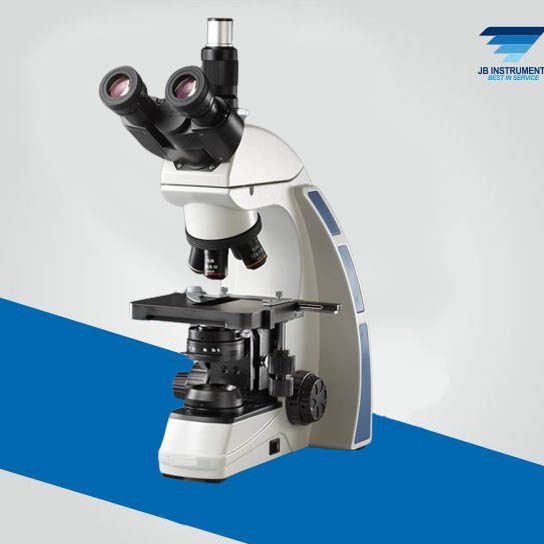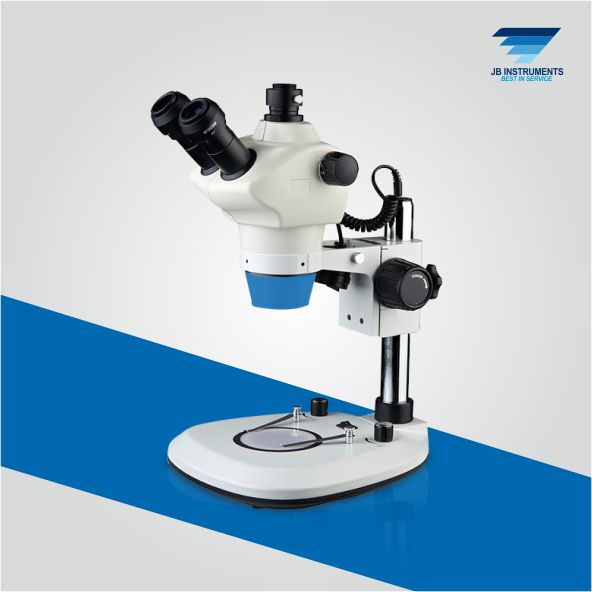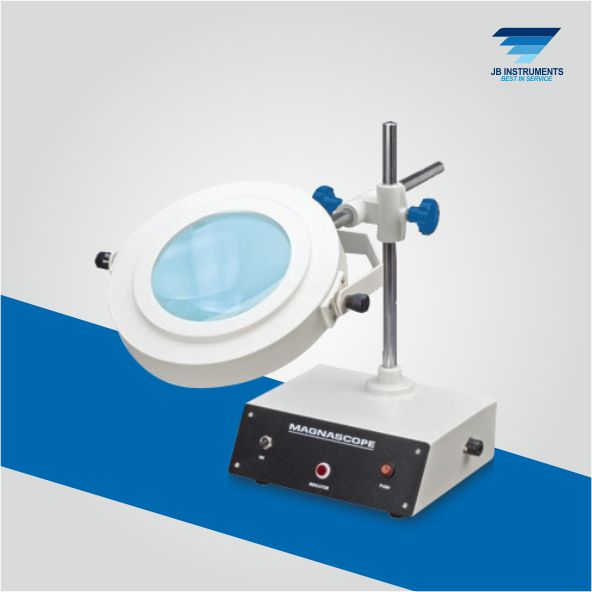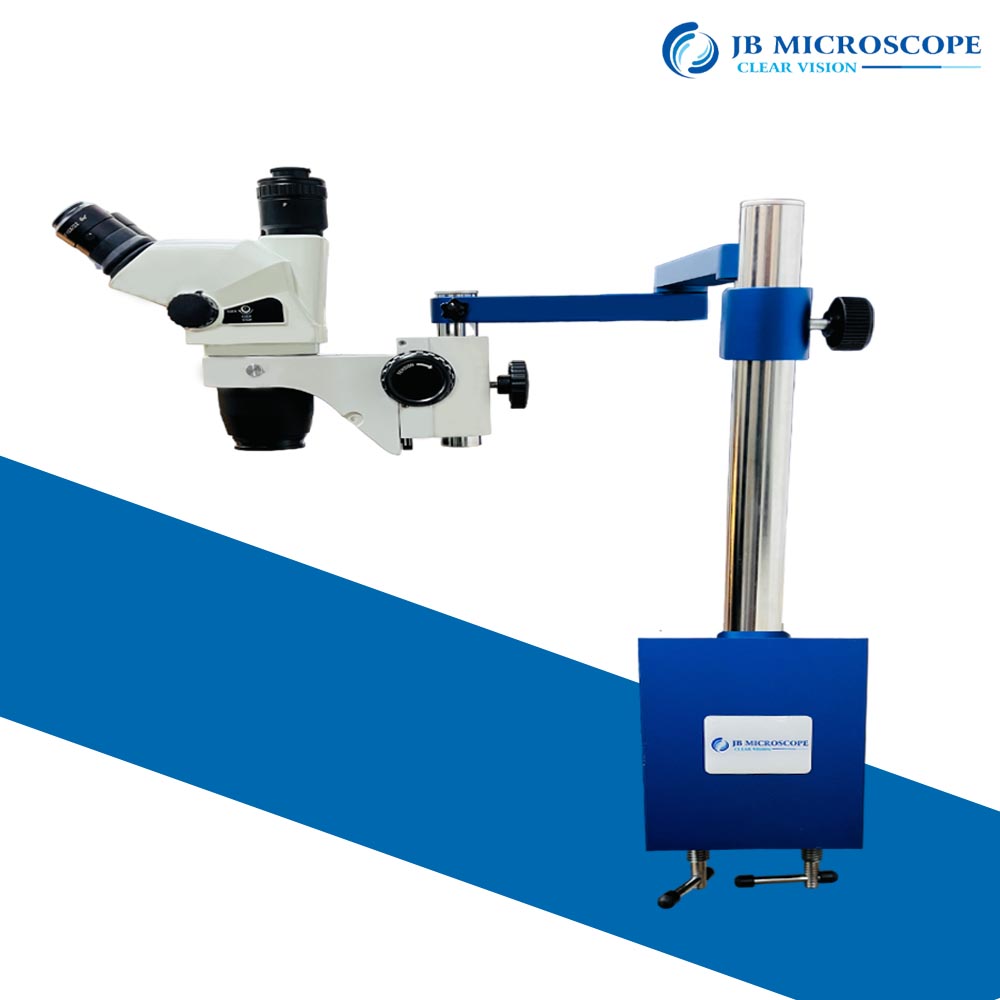A boom stand microscope is a type of microscope that features a flexible and adjustable arm (the “boom”) that holds the microscope head. This design allows for a greater range of motion and flexibility in positioning the microscope head over the specimen. It’s commonly used in industrial and inspection settings, providing versatility and ease of use when working with larger or irregularly shaped objects. These microscopes are especially practical for tasks that require a hands-free approach or when examining objects that are difficult to maneuver under a traditional microscope.
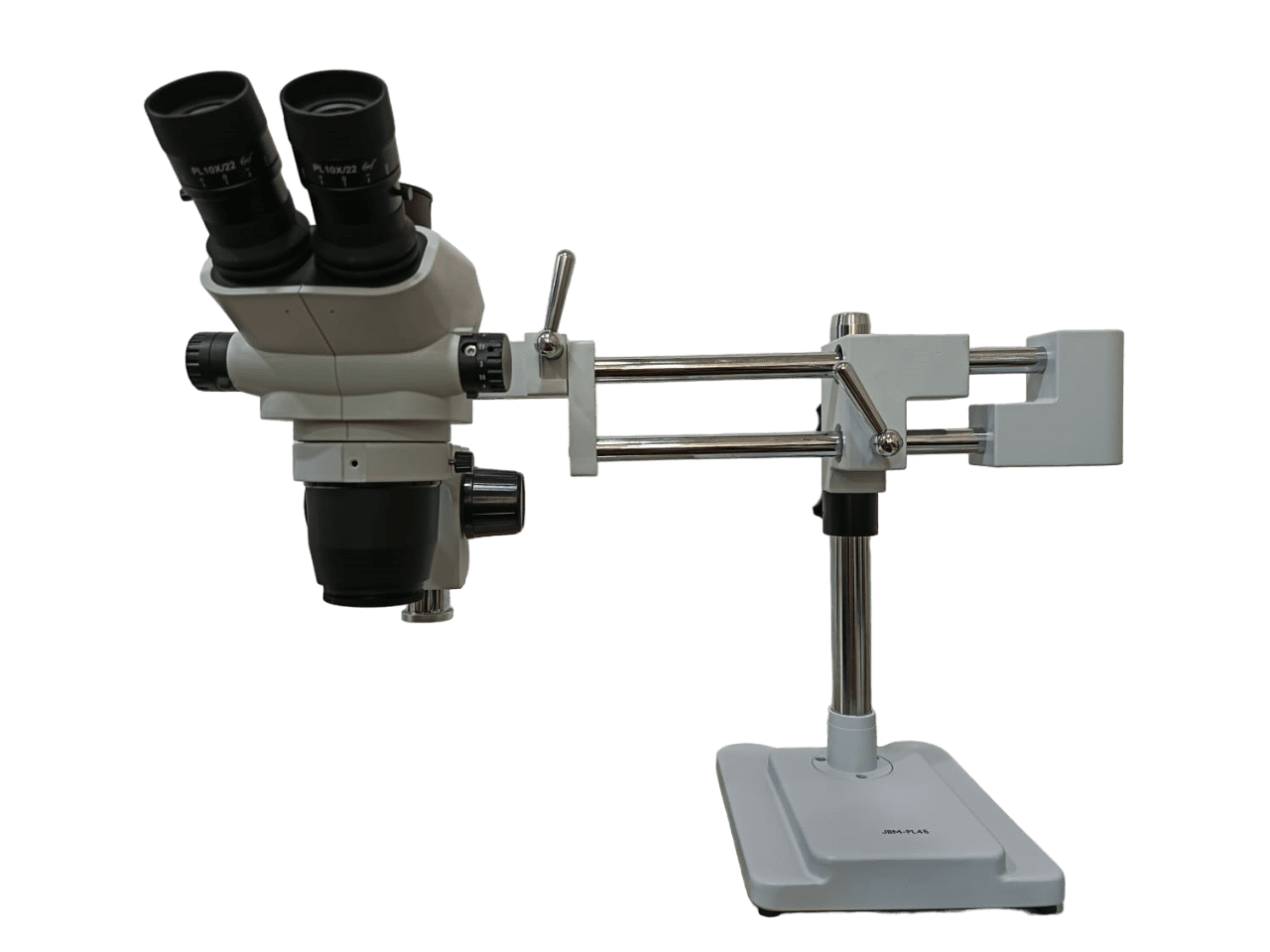
A boom stand microscope, also known as a boom microscope or boom-mounted microscope, is a type of microscope that is mounted on an adjustable arm or boom stand. This design allows for greater flexibility in positioning the microscope over the specimen being observed. Boom stand microscopes are commonly used in various fields such as biology, medicine, electronics, and materials science where precise positioning and observation of samples are required.
The boom stand typically consists of a sturdy base and an articulated arm that can be adjusted vertically, horizontally, and sometimes rotationally. The microscope is attached to the end of the arm, allowing it to be moved into different positions and angles as needed. This flexibility makes it easier to observe samples of different sizes and shapes, as well as to perform tasks such as soldering, dissection, or inspection of large objects.
A boom stand microscope is a versatile and adaptable tool used in various fields such as industrial inspection, electronics work, and research. Unlike traditional microscopes, which are often stationary, a boom stand microscope features a flexible boom arm that provides enhanced maneuverability and positioning. This design enables users to adjust the microscope’s position and orientation with ease, making it a valuable instrument for a wide range of applications.
The key feature of a boom stand microscope is its boom arm, which extends from a stable base and allows the microscope to be positioned precisely over the target area. This adjustable arm provides a high degree of flexibility, enabling users to bring the microscope to the sample or object of interest, rather than having to move the sample to align with a fixed-position microscope. This is particularly advantageous when working with larger or irregularly shaped objects, as well as in situations where precise positioning is crucial.
The boom arm itself is typically adjustable in multiple dimensions, offering horizontal, vertical, and sometimes rotational movement. This allows the user to position the microscope at various angles and heights, providing optimal visibility and access to the sample under examination. Additionally, the boom stand often includes a counterbalanced design, ensuring stability and ease of movement during adjustments.
One of the primary applications of a boom stand microscope is in industrial inspection and quality control. Its flexibility and maneuverability make it ideal for examining a wide range of manufactured components, from small electronic circuits to large mechanical parts. The ability to easily position the microscope over different areas of an object facilitates detailed inspection, allowing for the identification of defects, irregularities, or precise measurements.
In the field of electronics, boom stand microscopes are commonly used for tasks such as soldering, circuit board inspection, and component assembly. The adjustable boom arm enables operators to position the microscope at the most convenient angle for their work, enhancing precision and reducing eye strain. This is particularly beneficial when working with intricate or densely populated circuit boards, where clear visibility is essential.
In research environments, boom stand microscopes are utilized for various scientific applications, including materials analysis, biological research, and sample examination. Their flexibility allows researchers to observe specimens from different angles and orientations, aiding in the comprehensive study of various materials and biological samples at the microscopic level.
Another area where boom stand microscopes excel is in educational settings. Their versatility and ease of use make them valuable tools for teaching and learning in fields such as biology, chemistry, and materials science. Students and educators can benefit from the microscope’s adjustable positioning, which enhances the learning experience and facilitates hands-on exploration.
When considering the design and construction of a boom stand microscope, it is crucial to ensure that the boom arm and associated components offer smooth, precise movement while maintaining stability. Depending on the specific application, additional features such as integrated lighting, digital imaging capabilities, and compatibility with various microscope accessories may also be important considerations.
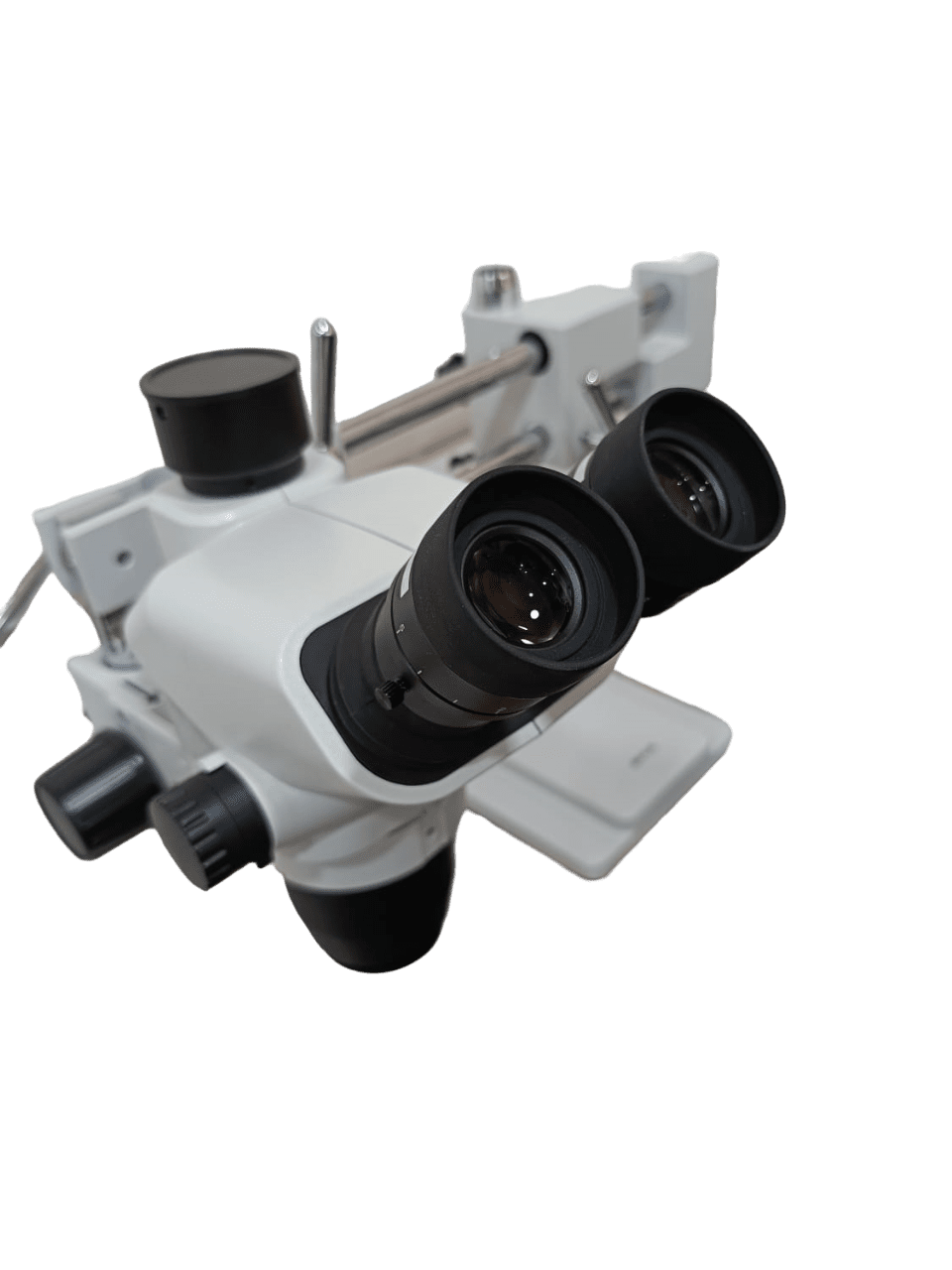
the boom stand microscope’s flexible design and adjustable positioning make it a valuable asset in a wide range of fields, from industrial inspection to scientific research and education. Its ability to adapt to different work environments and sample types, combined with its ease of use, positions it as a versatile tool for professionals, students, and researchers alike. As technology continues to advance, the boom stand microscope is likely to remain an essential instrument for precise observation and examination in numerous applications.

